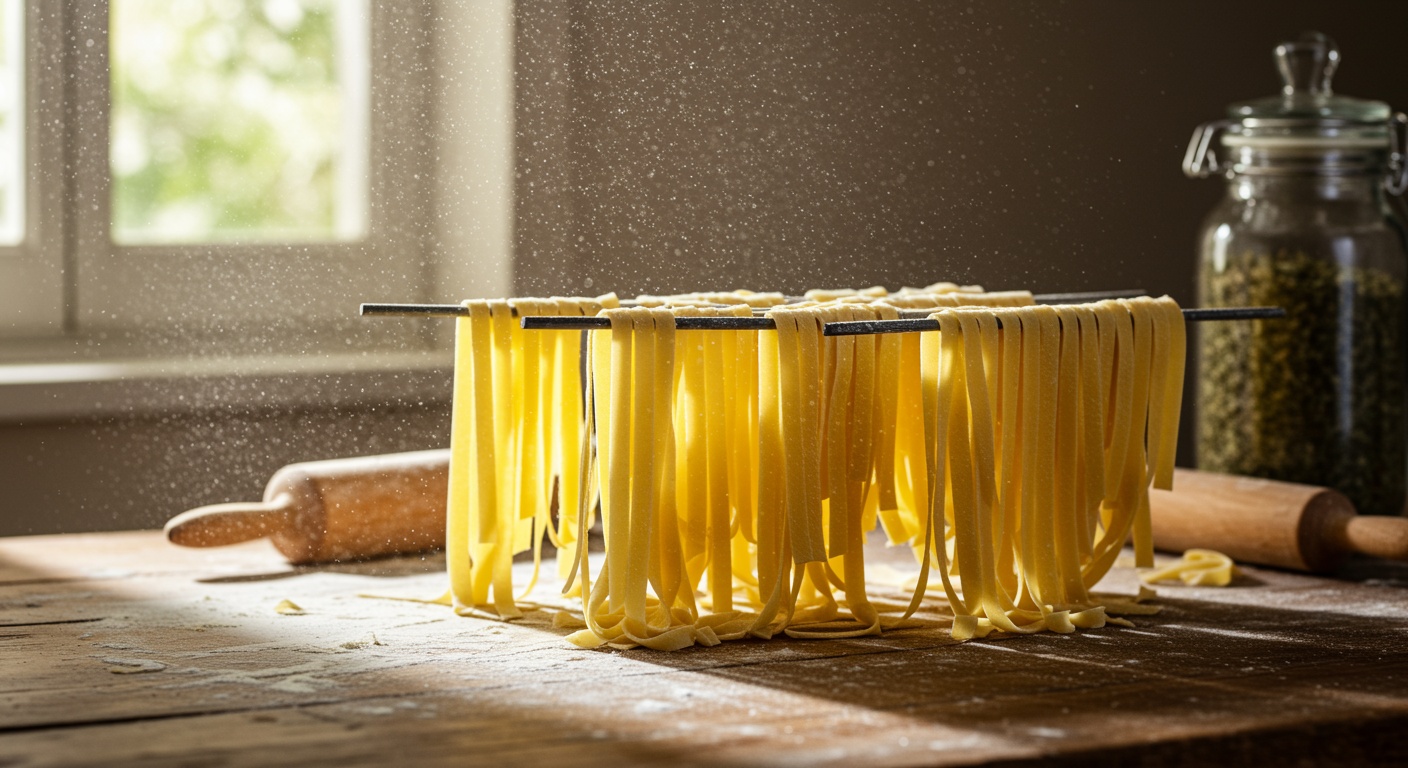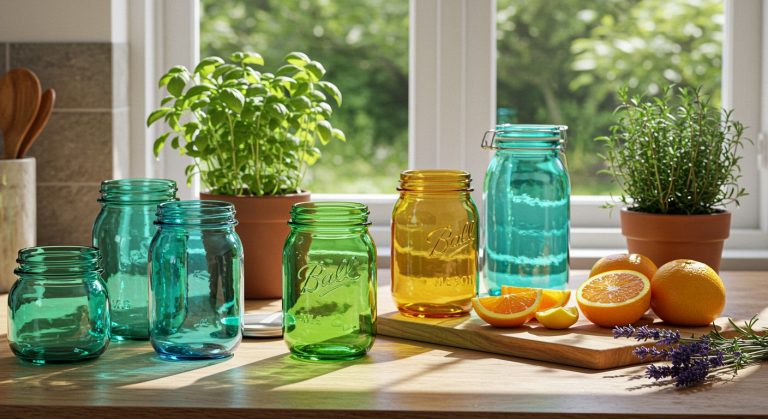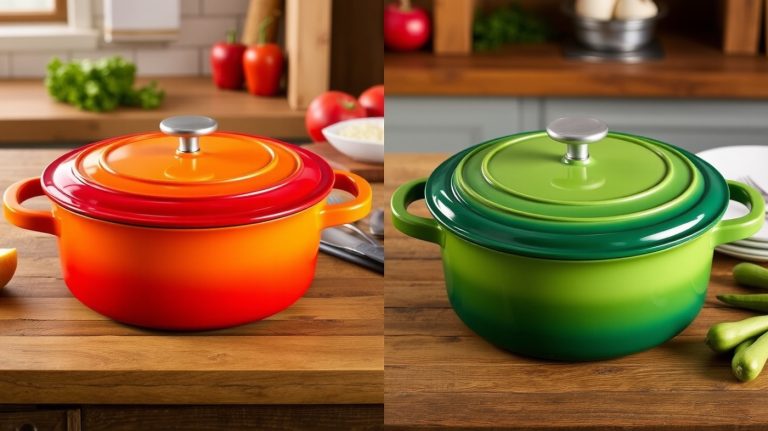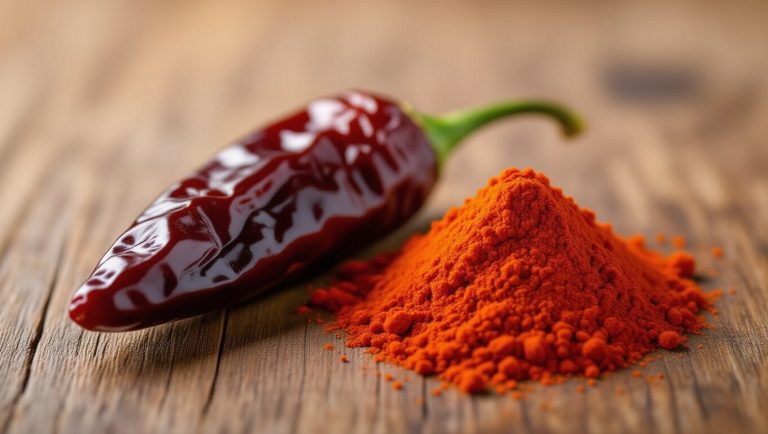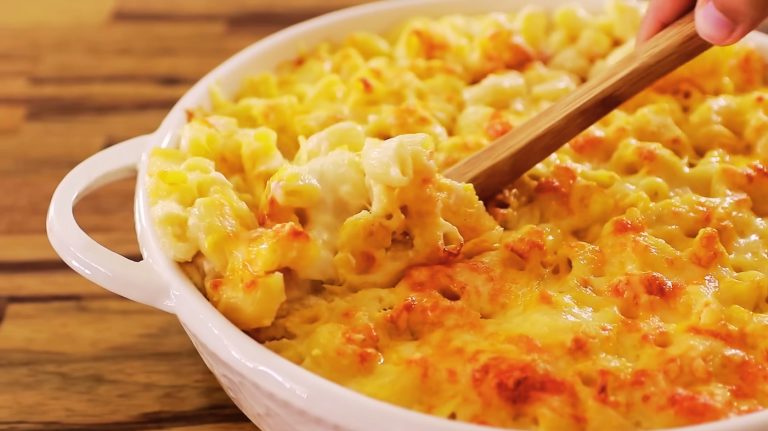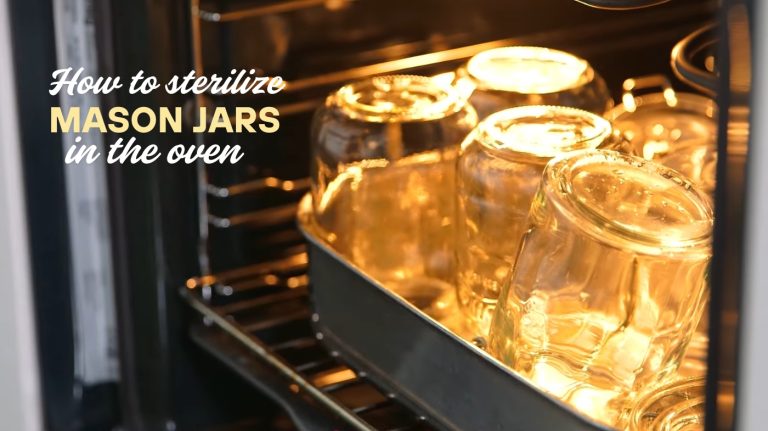Can You Dehydrate Homemade Pasta? Quick and Easy Guide
Yes, you can absolutely dehydrate homemade pasta. It’s a fantastic way to preserve meals and make outdoor cooking easier. By drying your pasta, you can customize flavors while ensuring quick rehydration for tasty meals on the go.
Make sure to properly dry and store your pasta to maintain freshness and prevent spoilage. Want to discover the best methods for drying your pasta and storage tips? Keep going, and you’ll uncover all the details.
Key Takeaways
- Yes, homemade pasta can be dehydrated to preserve it for long-term storage and enhance outdoor culinary experiences.
- Use a pasta maker to roll and cut pasta, then air dry it in a cool, dry environment.
- Store dried pasta in airtight jars or vacuum-sealed bags to protect against moisture and pests.
- Eggless pasta can last up to three months, while egg pasta lasts around 20 days when properly dehydrated.
- Monitor humidity levels during drying to prevent mold and spoilage, ensuring optimal texture and freshness.
Steps for Properly Drying Pasta
To properly dry homemade pasta, follow a series of steps that ensure it retains its quality and flavor.
Start by rolling out your dough with a pasta maker to your preferred thickness, then cut it into shapes while it’s still slightly sticky. Dust the pasta with flour to prevent sticking.
Lay it out on a clean, dry surface like a baking sheet or wooden board in a cool, dry environment to inhibit mold growth.
For air drying, arrange the pasta in a single layer, or hang long shapes from a drying rack. Dried pasta can last 2-6 months, making it a great option for long-term storage.
If you want to speed things up, use a fan or the oven light to promote gentle warmth. Remember to turn the pasta regularly for even drying.
Recommended Storage Solutions
After you’ve successfully dried your homemade pasta, the next step is finding the right storage solutions to keep it fresh and flavorful.
Airtight glass jars are fantastic for protecting against moisture, perfect for cool, dry places. If you’re looking for long-term storage, vacuum-sealed bags work wonders in keeping pests at bay. Properly dried pasta can last for several months when stored correctly.
Mason jars also shine, preserving dryness and extending shelf life. Mylar bags resist environmental factors, making them a solid choice as well.
For short-term needs, zip-top or freezer bags can do the trick, though they’re not ideal for the long haul.
Always store your pasta in a cool, dark location to prevent deterioration from heat, light, and humidity. This way, you’ll enjoy your homemade pasta at its best.
Shelf Life and Quality Considerations
While drying homemade pasta can greatly extend its shelf life, understanding the nuances of storage and quality is essential for maintaining its flavor and texture.
The shelf life varies, with eggless pasta lasting up to three months and egg pasta around 20 days. Dried pasta has a long shelf life, lasting for years in a cool, dry, dark place.
To ensure the best quality, keep these tips in mind:
- Store dried pasta in airtight containers in a cool, dry place.
- Check for proper dehydration; the pasta should snap when bent.
- Be aware of humidity levels, as high moisture can lead to spoilage.
Challenges and Tips for Success
Successfully dehydrating homemade pasta comes with its own set of challenges that can impact the final product. High moisture content and varying shapes can lead to uneven drying. To tackle these issues, keep these tips in mind:
| Challenge | Tip | Benefit |
|---|---|---|
| High moisture content | Use a dehydrator | Prevents mold and spoilage |
| Temperature control | Monitor closely | Guarantees even drying |
| Shape variability | Adjust drying time | Maintains texture |
Don’t forget to let your pasta dry briefly before cutting to improve handling. Additionally, using a dehydrator allows you to achieve optimal drying conditions that help ensure your pasta remains fresh for longer.
Remember to check for that perfect snap when dried. By controlling humidity and temperature, you’ll guarantee your homemade pasta turns out perfectly dehydrated.
Additionally, achieving the right moisture level is crucial for enhancing shelf stability, which ensures your pasta remains fresh during camping trips.
Frequently Asked Questions
Can I Dehydrate Pasta Without a Dehydrator?
Yes, you can dehydrate pasta without a dehydrator! You can use your oven by hanging the pasta over a rack, allowing air to circulate. Alternatively, let it air dry in a low-humidity room, using fans to boost airflow.
Just remember to monitor the drying process carefully to avoid moisture retention. Once it’s ready, store your dehydrated pasta in an airtight container to keep it crunchy and delicious for future meals.
How Do I Know When Pasta Is Fully Dried?
Did you know that properly dried pasta can last for up to two years when stored correctly? To know when your pasta’s fully dried, check its texture; it should snap rather than bend. Visually, it’ll look dry and firm, losing its shiny appearance.
Usually, drying takes about 24 hours for ideal storage. If it feels brittle and no longer moist, you’re good to go.
Can I Season My Pasta Before Dehydrating?
Absolutely, you can season your pasta before dehydrating! Adding herbs or spices enhances flavor, making your meals more delicious.
Just keep in mind that some seasonings might require longer drying times to prevent moisture retention. To guarantee even drying, distribute the seasonings uniformly.
Experimenting with different flavors can lead to unique and tasty results, so don’t hesitate to get creative with your seasonings! Your taste buds will thank you later!
Is It Safe to Dehydrate Fresh Egg Pasta?
Imagine you’ve just made a delicious batch of fresh egg pasta. It’s tempting to dehydrate it for later use, but you’ve gotta be cautious.
Dehydrating fresh egg pasta can be risky if you don’t cook it first, as raw eggs may harbor salmonella. To guarantee safety, cook the pasta briefly before drying.
How Can I Prevent Pasta From Sticking Together During Drying?
To prevent your pasta from sticking together during drying, coat it immediately after cutting with semolina or corn flour. This helps absorb moisture and keeps strands separate.
Utilize a drying rack to promote air circulation and avoid clumping. Form nests with long noodles to save space and prevent tangling.
Finally, handle the pasta gently to minimize moisture transfer, ensuring it dries evenly and remains deliciously firm for cooking later.
Dehydrate Homemade Pasta for Convenient, Delicious Meals Anytime
Dehydrating your homemade pasta not only preserves its delightful flavor but also transforms it into a convenient pantry staple. Picture the satisfaction of pulling out a batch of your cherished creation on a busy weeknight, ready to cook in moments.
With the right drying techniques and storage methods, you’ll guarantee that every bite remains a taste of home. Embrace this culinary adventure, and let your pasta dreams take flight, knowing that delicious meals are just a step away.

